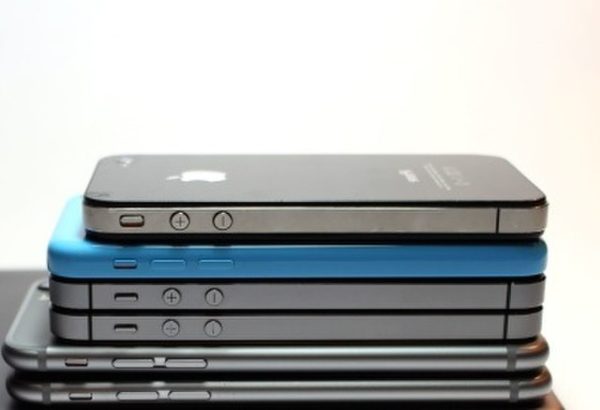VMAs start conversations about diversity
That celebrities love to argue on social media is nothing new, but when they raise interesting questions and concerns about our society, we should listen.
On July 21, MTV released the nominees for their Video Music Awards. Not everyone thought they did a good job with diversity.
“If I was a different ‘kind’ of artist, Anaconda would be nominated for best choreo and vid of the year as well,” wrote Nicki Minaj on her Twitter account after nominations were released. “If your video celebrates women with very slim bodies, you will be nominated for video of the year.”
Her music video “Anaconda” was nominated for only two categories: Best Female Video and Best Hip Hop Video.
Being the only slim girl on the list of nominees for Video of the Year, Taylor Swift didn’t appreciate Minaj’s comment.
“I’ve done nothing but love and support you,” said Swift through Twitter. “It’s unlike you to pit women against each other.”
Minaj responded saying it wasn’t about her.
“I thought I was being called out,” Swift then Tweeted. “I missed the point, I misunderstood, then misspoke. I’m sorry, Nicki.”
Other celebrities intervened and the issue gained a massive response from the public.
The question was, “Is media really glorifying one particular body type?” And the answer is yes.
In today’s world, the entertainment industry inspires people from all around the world, but sometimes it can be more harmful than helpful.
“I think media, in general, has no idea how much of an impact they make on younger people,” said sophomore Schuyler Elledge. “(Artists) have no idea how far their music goes.”
Maybe we are the ones to blame for letting them manipulate our way of seeing ourselves and others.
“We need to do a better job questioning our media consumption,” said junior and Senate President Molly Anne Marcotte. “The messages that the media convey communicate unacceptable thin and white ideal that is not inclusive of more marginalized populations.”
However, some say Minaj has gone a little too far with saying that the lack of nomination for her music video was purely because of her skin color.
“It’s not necessarily about the kind of person (Nicki) is, it’s about the content of the video, which I didn’t really think was deserving of the award,” said junior Pippa Elolia. “It’s awesome to see a woman feeling comfortable in her own skin, but to attack somebody else’s body image is not the right approach.”
Most of Minaj’s fans and other sympathizes don’t agree.
“A black woman speaks up on racial problems within the music industry, a white woman makes it completely about herself,” said Twitter user Xavier Burgin.
But what we need is recognition for all types of bodies, skin colors and music in this industry. Giving minorities more attention will not solve the problem, only change its perspective.
“The more variety of body types there are in the ads the better, because people will grow up seeing that there isn’t just a single way to be attractive,” said Charles A. Dana Professor of Psychology Richie Zweigenhaft. “And the idealized body images for women are not static over time.”
Later this summer, both artists apologized and even performed together at the opening of the VMAs. This was likely done to make people forget about the feud and increase viewing for MTV, but this issue is too important to ignore.
The lack of representation in our current media is clear, so it is imperative that awards, TV shows and ads do whatever they can to diversify the media.
Children out there must learn that they too can make their dreams come true, whether they are black or white, plus-sized or skinny.





